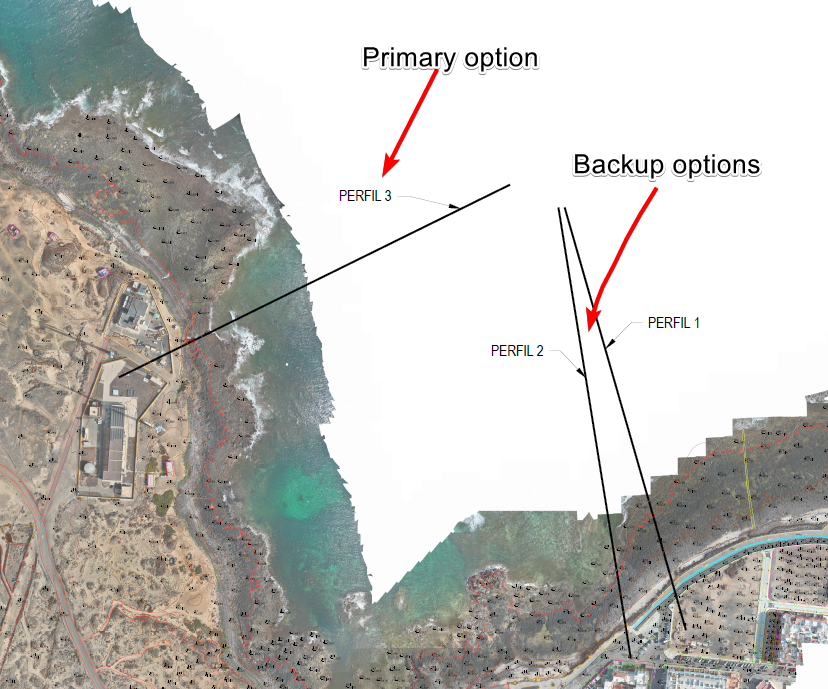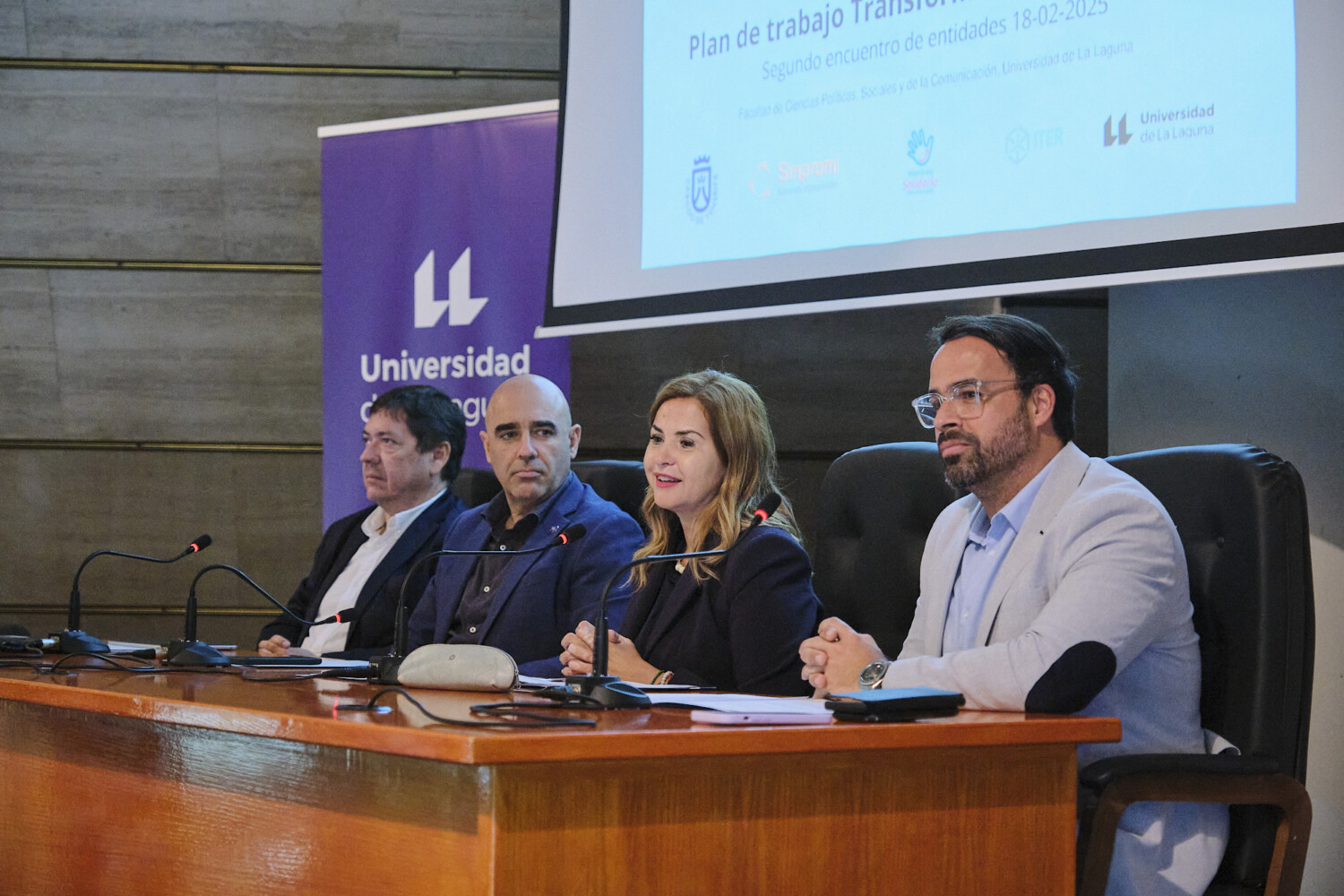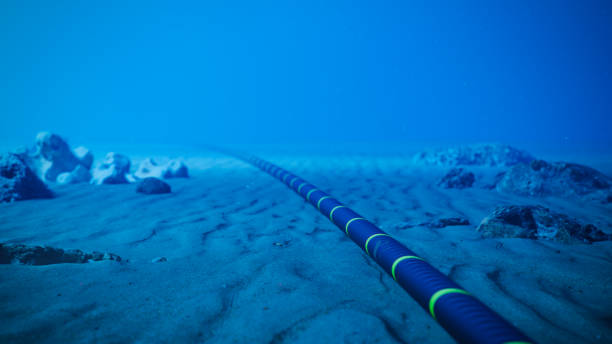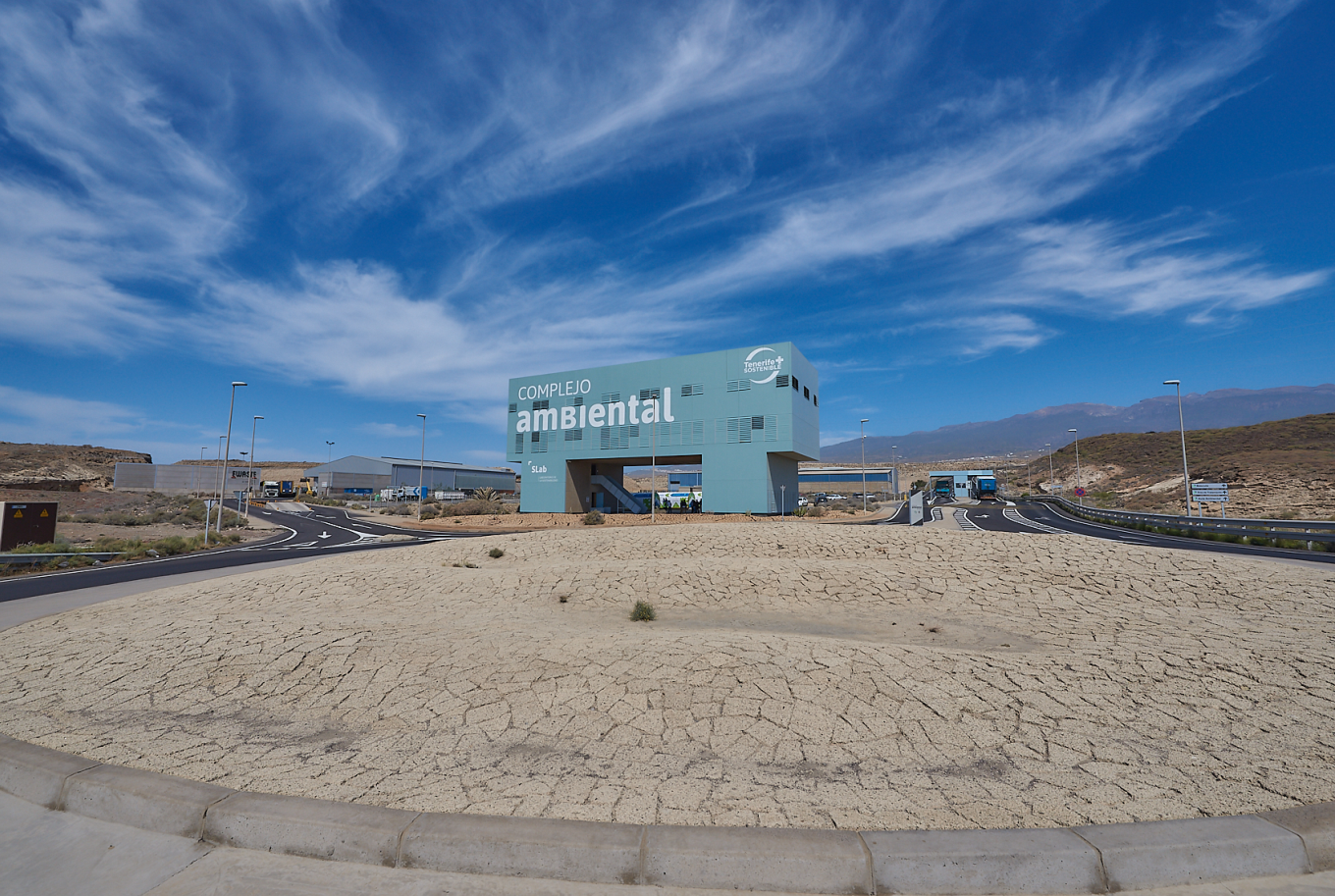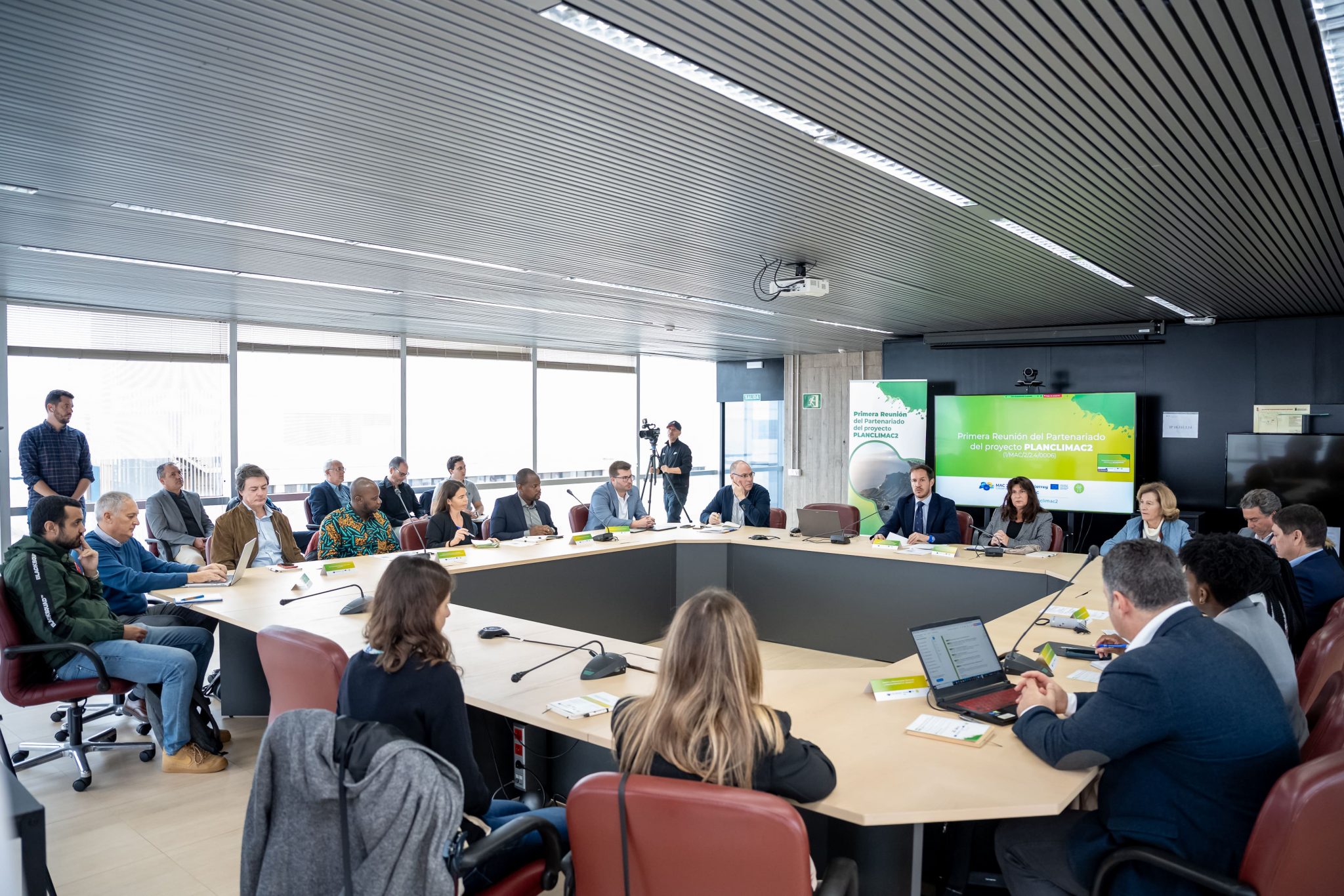The Councilor for Innovation, Research and Development, Juan José Martínez, points out that the company, which depends on the Cabildo, is one of the main fiber optic operators in the Mid-Atlantic.
The company Canalinkwhich depends on the Cabildo de Tenerife through the Instituto Tecnológico de Energías Renovables (ITER), has concluded the project associated with the studies prior to the deployment of new submarine cabling systems in the Canary Islands. These studies have covered both Canary Islands provinces through the design of three fiber optic communication cables. The first two form a ring system around the islands of Gran Canaria, Fuerteventura and Lanzarote, providing these three islands with a redundant connection. The study of the third cabling has focused on the islands of Tenerife, La Gomera, La Palma and El Hierro, which would be added to the existing cable of Canalink between Tenerife and La Palma to provide another redundant connection ring to the western province.
This project, which has been developed from January 2023 to October 2024, has involved an investment of approximately 850,000 euros, which have been co-financed by the European Commission with an endowment of 413,425 euros. This project is the first of three projects selected and co-financed by the European Commission to improve the digital connectivity of the Canary Islands following the commitment made by Canalink to achieve this objective.
The Councilor for Innovation, Research and Development, Juan José Martínez, indicates that “we continue working to connect submarine cables from America, Africa and Europe, so that Tenerife remains a major communications hub. These works consolidate Canalink as one of the main operators in the Mid-Atlantic”.
The 21-ES-DIG-CANARY-SUBCAB-STD project, which is part of the Connecting Europe Facility (CEF) program of the European Union, has developed a feasibility study for the deployment of new submarine cable systems in the Canary Islands, which includes the search and selection of the best locations for the mooring of the new infrastructure at each point, as well as the development of the entire submarine route of these cables, taking into account variables as diverse as the effect on the natural marine and terrestrial environment, specially protected areas, fishing grounds, the possible presence of archaeological remains, environmental conditions, urban planning, as well as the conditions necessary for the correct operation and maintenance in the future of an infrastructure that is designed to last at least 25 years.


